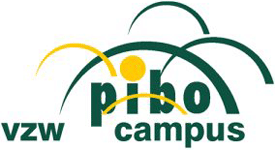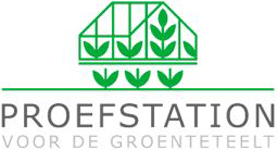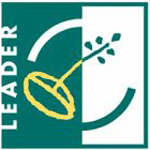With the designation of the focus areas for 2017, it appeared that, based on surface area, a large share of the new focus areas for groundwater in Flanders are located in northern Limburg. Despite heavy efforts from the government and the agricultural sector (leaching schemes, buffer zones, ...), the number of MAP monitoring points in which the permissible nitrate concentration is exceeded has barely declined in recent years. In addition, the groundwater problem in northern Limburg is increasing. Nitrate concentrations are too high and not improving enough, increasing the number of focus areas based on poor groundwater quality. But specific sensitisation to improving groundwater quality is not so simple. Groundwater has a lag effect which means that the effectiveness of the measures taken will only be visible several years later. That said, we need to make all farmers aware of fertilisation as soon as possible, aiming for minimal nutrient inputs and profitable yields. The main objective of this project is therefore to reduce nitrogen leaching to ground and surface water in the entire Leader area.
For this purpose, demo trials will be conducted around adjusting the timing and location of fertilisation. Farmers are introduced to alternative fertilisation techniques, such as the KNS system. This fertilisation system relies on fractioning fertilisation based on regular soil samples and plant requirements. This will reduce nutrient leaching to ground and surface water and is also economically beneficial for the farmer (less fertiliser application). There will also be demo trials in maize cultivation. Row fertilisation will be applied instead of field application.
It also introduces an app that allows growers to track fertilisation at plot and farm level at any time.
Finally, small-scale techniques are demonstrated to prevent increased nitrate concentrations in the watercourse in the short term. The idea is to prevent excess nutrients from further polluting the watercourse via buffering in the watercourse at the level of drainage pipes.
It is important to collectively involve all farmers in more sustainable fertilisation. This also requires an approach that is cross-sectoral. These techniques have already been applied at local or sector level (fruit) and farmers' experiences are positive. The project combines the experience from the CVBB partners with the local partners, who are used to approaching arable farmers.












